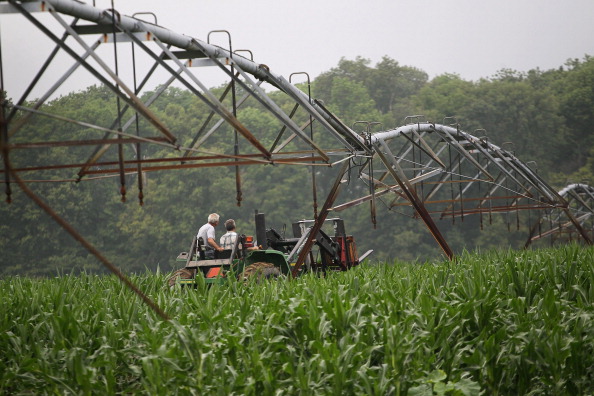
The U.S. Environmental Protection Agency may recommend testing food products for glyphosphate residue, which comes from the world's most widely used weed-killer. The move comes after a rise in public concern over possible links between residue from the weed-killer Roundup and disease.
Last month, an arm of the World Health Organization reported that it was classifying glyphosphate, the main ingredient in Roundup, as "probably carcinogenic to humans." However, the EPA and regulatory agencies in other countries consider glyphosphate and Roundup to be safe.
The EPA determines the tolerance levels for residues of pesticides and herbicides in foods. These are the levels that are considered safe for consumers of those foods. According to the EPA, the decision on whether to test foods for glyphosphate residue will rest with the U.S. Department of Agriculture, which is the agency that actually tests foods, but the USDA says that it tests foods based on what types of data the EPA needs and that the EPA has not requested testing food crops for glyphosphate as yet.
As an herbicide, glyphosphate is used in fields growing corn, soybeans, sugar beets, and other crops. Monsanto, the maker of Roundup, has created several crops that are genetically engineered to withstand larger treatments with Roundup. Monsanto has stated that Roundup is safe.
The state of Vermont has passed a law requiring labeling for foods that have been genetically modified. Several other states are considering similar laws.
In December, the U.S. Department of Agriculture said that pesticide residue in foods are nothing to fear. The USDA found pesticide residues in more than half of the foods tested, but all but 1% was within the levels considered to be safe. However, residues of pesticides that do not have an established tolerances were found in 301 food samples, the USDA said. The foods tested included processed fruits and vegetables, infant formula, butter, and salmon.
